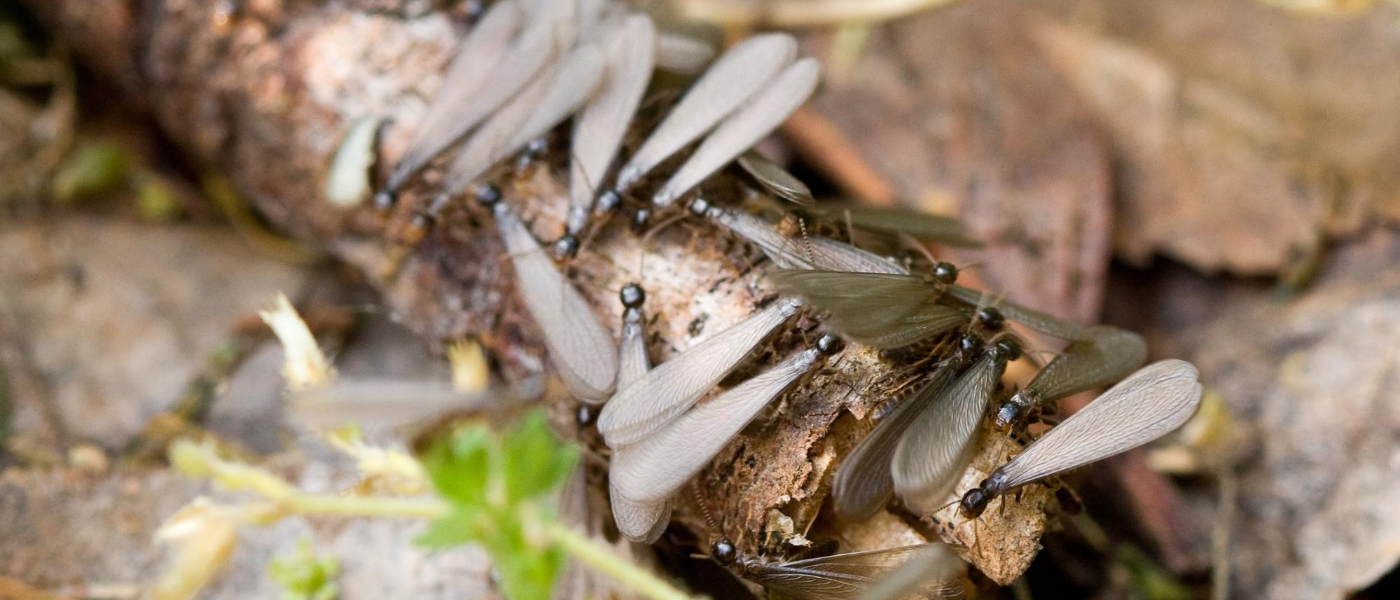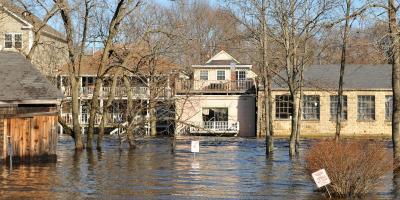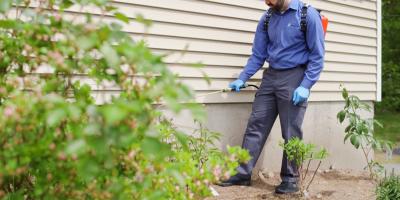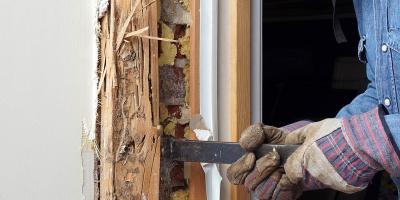Swarming Season Has Arrived: Termite 101

It’s swarming season in New England, and that means homeowners need to be on the lookout for termite swarmers from our homegrown eastern subterranean termite population. Termite colonies are home to three types of termites: workers, soldiers, and swarmers. Only swarmers have wings, which sometimes causes them to be confused for winged ants.
Set yourself straight on the differences between the two and learn what you need to watch for this spring in order to protect your property.
Spotting a Termite Swarmer
Sporting two pairs of wings, swarmers are sometimes referred to as reproductives... and with good reason: Every spring, as soon as temperatures approach approximately 70 degrees, male and female swarmers leave their nests in great numbers to find a mate. Once they’ve attracted a mate and found a new nest, the termites lose their wings. Settled in the new nest, they mate and preside as king and queen over their own colony.
How to Tell a Winged Ant from a Termite Swarmer
When it comes to telling the difference between a termite swarmer and a winged ant, look to the wing and body structures. First of all, termite swarmers have two sets of identical wings, with a wingspan nearly twice the length of their bodies.
Speaking of bodies: Unlike ants, termites are not segmented. In other words, you can tell a winged ant from a termite if you can spot a head, abdomen, and thorax, as opposed to just one long body “part” that you would expect to see on a termite. Another physical distinction comes from the antennae, which are forked on the ants but not the termites.
Stay Vigilant During Swarming Season
Termite swarms typically take place in New England during daylight hours, often after a rainstorm, between March and May -- as soon as we have temperatures in the 70s. Some telltale signs that termites have swarmed in or around your property include:
- Wings that have been shed by the swarmers
- Piles of dirt along your home’s foundation
- Mud tubes protruding from the ground
- Damaged wood that seems sagging or warped
Paying attention to these signs is critical, as termites can wreak havoc on your home. Although they do ruin the aesthetics by damaging the wood, the real danger is structural. Termites have been known to compromise the integrity of support beams, wall studs, and floor joists. Since termites are usually hidden from plain sight, the damage they cause often goes unchecked, resulting in considerable costs to homeowners.
How considerable? You might be surprised…
Dollars Upon Dollars of Damages
Termite damage can be costly to homeowners in New England and across the U.S., with total annual expenditures reaching upwards of $5 billion. A scary stat, to be sure, but there are things you can do to minimize the risk of termite infestations in your New England residence.
At JP Pest Services, we embrace a six-tiered approach to termite control: assess, control, prevent, document, monitor and follow-up. We begin with an inspection of in-ground control stations to determine what kind of termite activity might be taking place on your property. From there we leverage our expertise with The Sentricon System -- bait that is sourced and distributed by the termites throughout the colony, where it reaches the queen.
Don’t wait until you can see signs of termites in your home. Let our pest control professionals give you a free quote for termite control you can count on.



